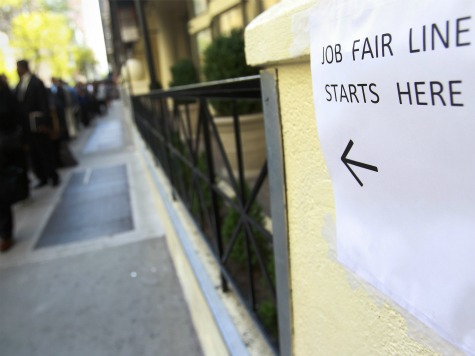The economy created 175,000 jobs in February, up from 129,000 in January. Colder than normal weather was a factor, but that simply continued to underemployment of the nation’s human resources. Those mediocre results are consistent with a broadly underperforming economy.
The impact of severe weather was not apparent as construction registered gains. Also manufacturing, financial services, health care, and hospitality were up, while retail trade and information technology registered losses. Holiday profits performance indicates retailing is broadly overexpanded and some restructuring and layoffs were to be expected no matter the winter conditions.
In 2013, GDP growth slipped to 1.9 percent, thanks to the $200 billion January tax increase and sequestration spending cuts, but this year is expected to be somewhat better. President Obama is not likely to get from Congress the higher taxes in his budget proposal, and jobs creation is likely to be in the range of 200,000 per month after warmer weather arrives.
Economists expected the first quarter to be slow, as global currency and equity markets adjusted to the Federal Reserve phasing down purchases of longer-term Treasury and mortgage-backed securities. The crisis in Ukraine adds uncertainty, but barring strong economic sanctions against Russia and the resulting disruptions in Europe, the fundamentals under the U.S. and global expansion are firming, even if those are not exciting.
Global growth will rebalance a bit from Asia to the Atlantic community as Europe shakes off the worst of its sovereign debt problems. Conditions in Europe and the United States will broaden the foundations of global growth, and reduce vulnerabilities to dodgy banking practices and economic nationalism in places like China, Japan, and Latin America.
This spring, more robust household formation and balance sheets will give the residential construction and auto sectors a boost. 2014 will be a good year for pickup trucks so ubiquitous on construction sites, and employment in industries supporting housing and motor vehicles.
In February, unemployment rose a notch to 6.7 percent, and the percentage of adults employed or seeking a job–the so-called participation rate–remained steady.
Factoring in adults on the sidelines who say they would seek employment if conditions were better and part-timers desiring full-time work, the jobless rate becomes 12.6 percent, which likely understates the scope of the problem. One in six men between ages 25 and 54 are jobless, and many displaced spouses in formerly two-earner families have become reconciled to permanent unemployment.
The economy needs to add about 350,000 jobs each month to push unemployment down to an acceptable level, and that would require GDP growth in the range of 4 to 5 percent.
Over the last four and one-half years, the pace of GDP growth has been a paltry 2.3 percent–about the same as during the Bush expansion. Ronald Reagan inherited a much tougher unemployment situation than either the two most recent occupants of the Oval Office, yet he managed 4.8 percent growth and created many more jobs.
The defining difference between the recent two disappointing economic recoveries and the strong record of the 1980s has been the predisposition of presidents from both parties to champion politically-expedient remedies–bailouts and entitlements that steal money from promising R&D, public infrastructure, and private investment to bolster inefficient hospitals, abusive financial houses, and decadent universities.
Peter Morici is an economist and professor at the Smith School of Business, University of Maryland, and widely published columnist. He tweets @pmorici1.

COMMENTS
Please let us know if you're having issues with commenting.